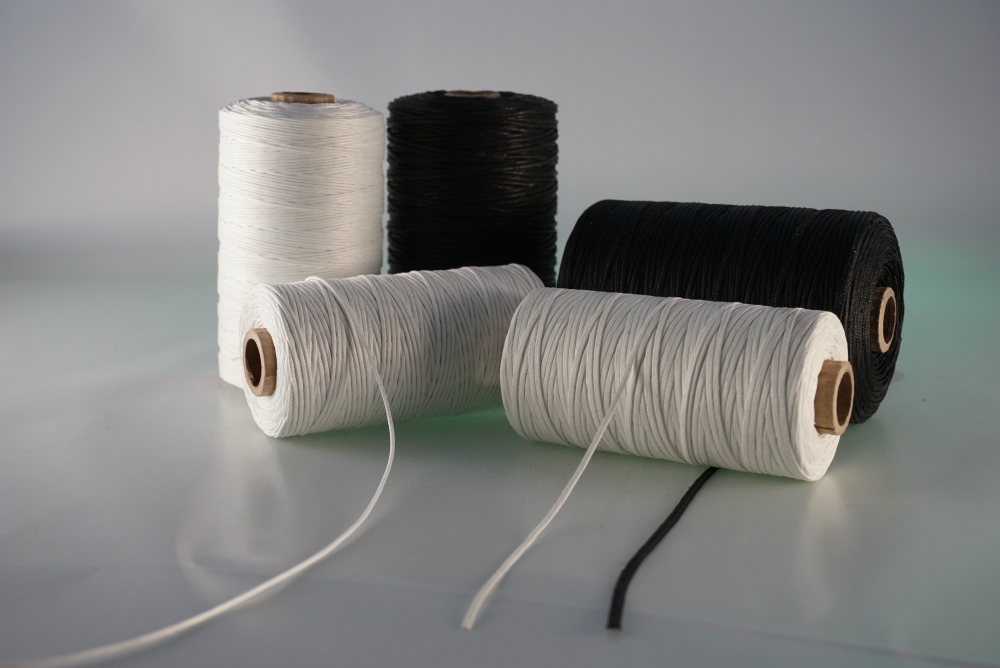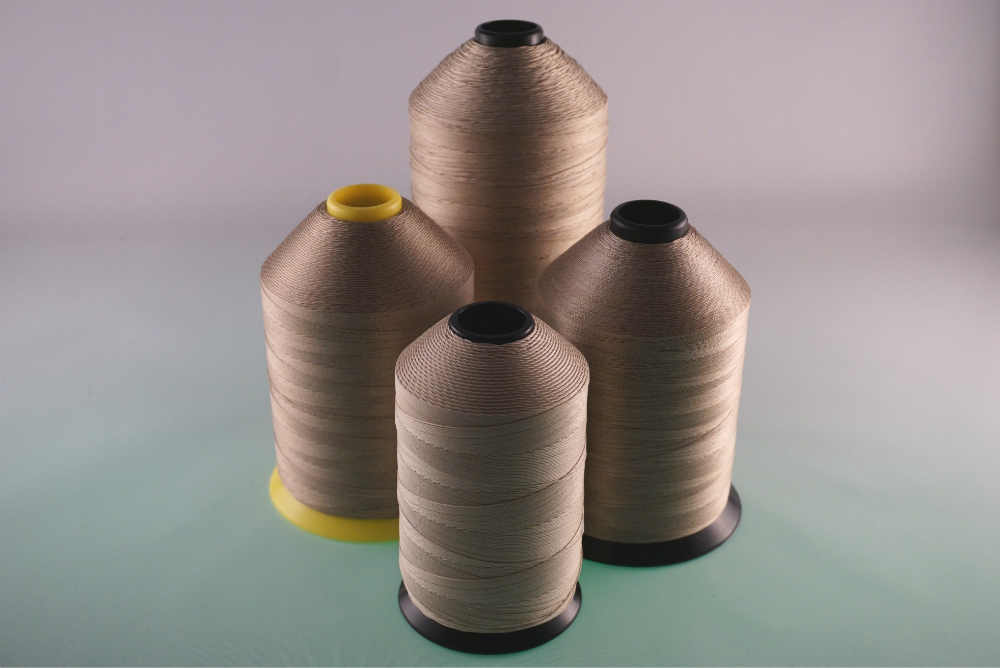
W.F. Lake Corp. manufactures a wide range of PTFE coated fiberglass lacing tapes and tie cords that meet a number of military and commercial specifications. These products are amazing in their long term performance characteristics. Once installed, they rarely, if ever, need attention…no one wants to open up an airframe for a failed “zip tie”! Unlike plastic zip ties, our products will not burn or support flame, will not rot or support fungus, are unaffected by virtually any chemicals including aviation fuels, diesel fuel, gasoline, oil, hydraulic fluids, etc. They are unaffected by UV light and are highly flexible due to the nature of the PTFE coating and braiding process used in their production.
Of course, a “Lacing Tape” is a flat braid, while a “Tie Cord” is a round braid.
W.F. Lake Corp. puts extra effort into our lacing tapes and tie cords by first coating each fiberglass yarn with PTFE prior to the braiding process. This extra step of glass impregnation before braiding acts as protection against fiber-to-fiber abrasion during fatigue. Also, when high local stresses occur, the PTFE coating allows mechanical transmission of the load within the lacing tape or tie cord to maximize load sharing between the fibers. Typically, the PTFE coating represents 15% of the overall braided cord.
Some of our PTFE coated fiberglass lacing tapes and tie cords have been tested for outgassing properties by NASA (contact the factory for the location of this information). Many of our products are also designed to meet military and commercial specifications including:
Military Specifications:
- MIL-C-20079, Type III, Class 4 E761-1330
- MIL-C-20079, Type III, Class 6 E761-314SS
- MIL-T-43435B E779-303
- A-A-52083B Size 2 E779-303
- A-A-52083B Size 3 E779-476
- A-A-52083B Size 3 E779-680
- A-A-52083B Size 4 E779-1075
Marshall Space Flight Center
- Table 4.5.2 Lacing tapes and tie cords
When it comes to high performance braided lacing tapes and tie cords, think of W.F. Lake Corp.!

